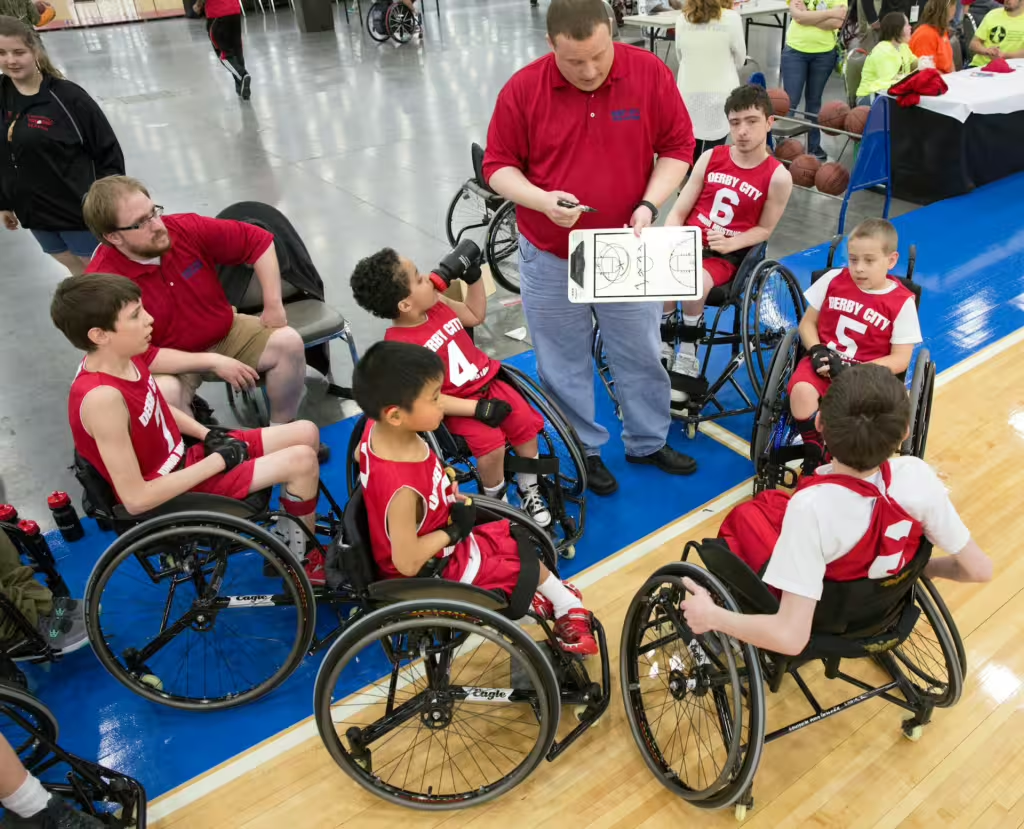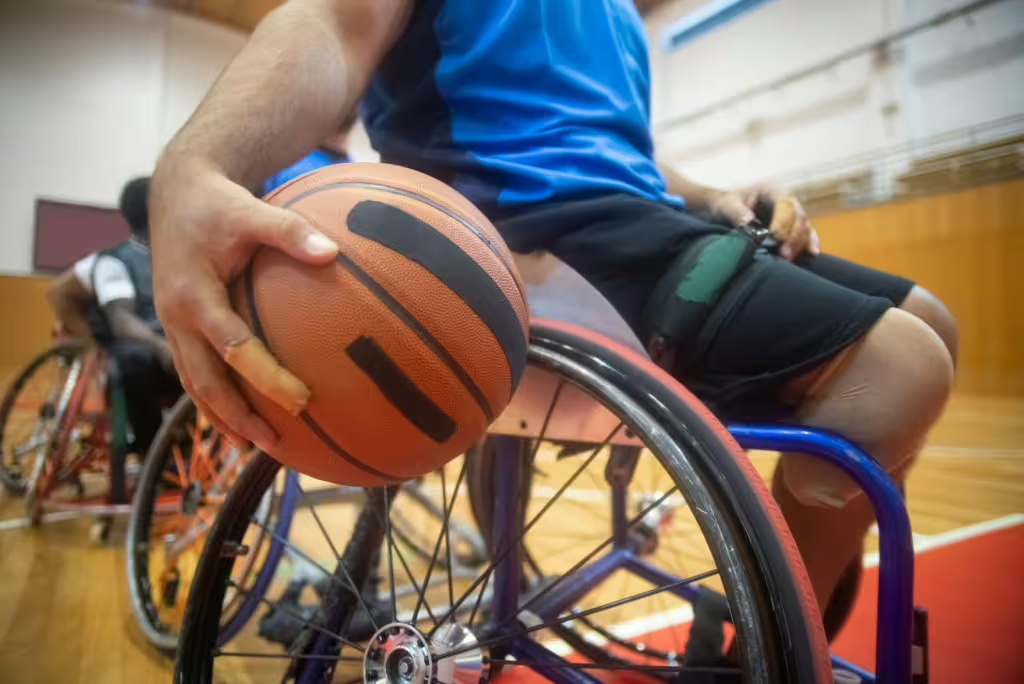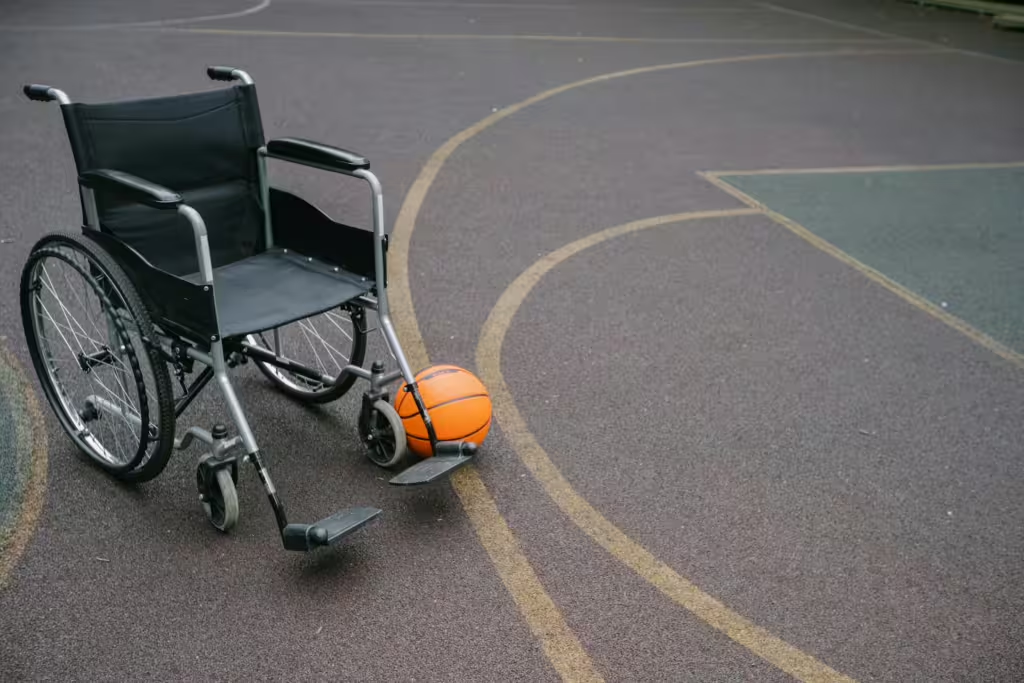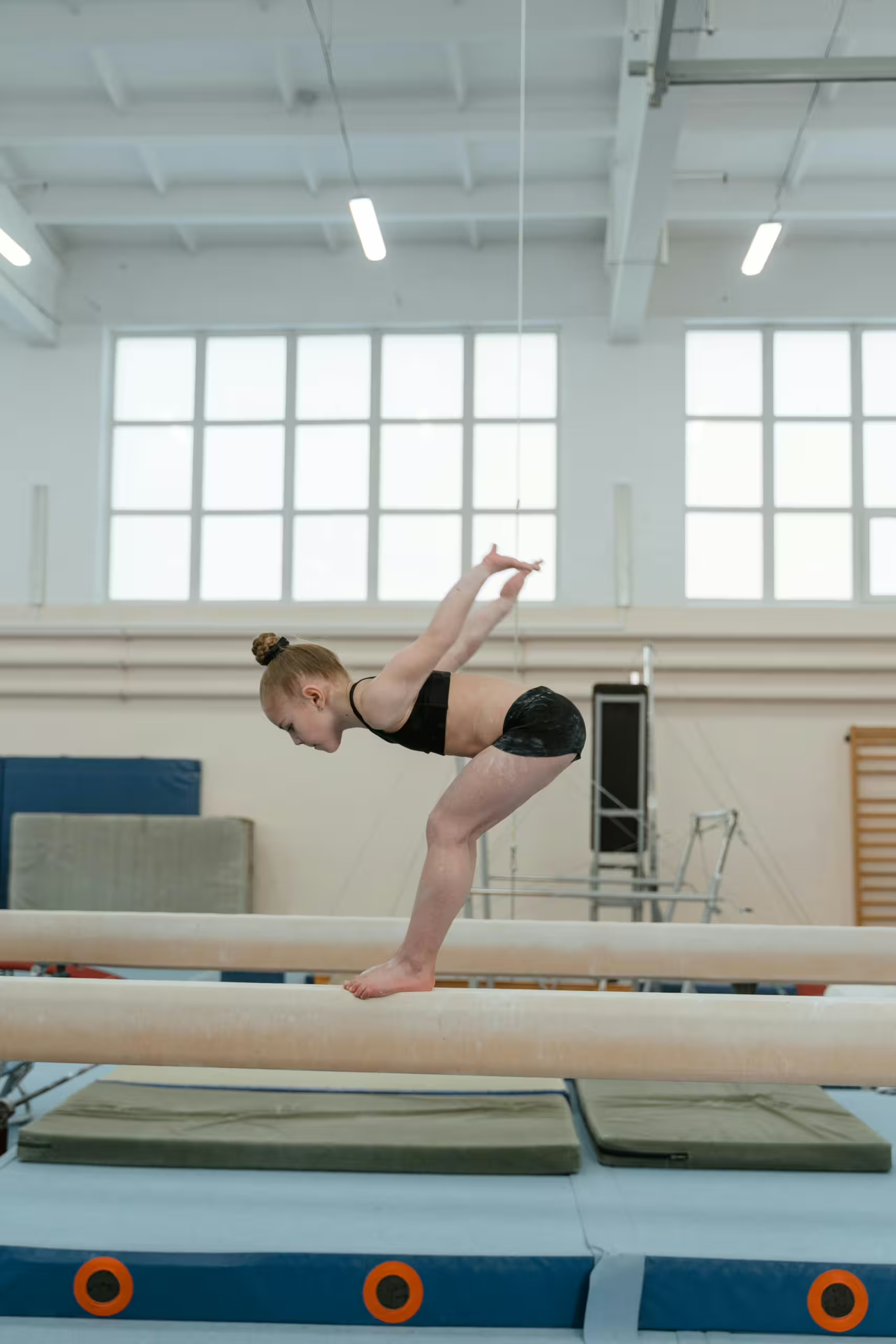Participating in sports can be an empowering and life-changing experience for many children. For children with special needs or disabilities, those experiences can be even more valuable, as they may represent an unexpected outlet they never expected to take part in. Over the past few months, we at Cultured Athlete have strived to discuss the many benefits of adaptive sports for children with disabilities. We chose to do this because, when it comes to youth sports, we believe that every child should have the opportunity to join in the fun, and fortunately, adaptive sports are one of the best ways for them to get involved in the game.
Of the many adaptive sports programs available for kids these days, wheelchair basketball seems to be the one most people know the most about. Basketball has always been an exciting choice for kids wanting to engage with group sports activities and wheelchair basketball is no different. Thanks to adaptive programs, equipment, and teaching methods, wheelchair basketball stands out as one of the most exciting, inclusive, and widely accessible options for young athletes with disabilities.
In this article, we aim to introduce anxious parents and interested youngsters to the world of wheelchair basketball. We will discuss its history, how it can benefit children from all walks of life, its unique set of rules, and how parents can get their child involved if they want.

What Is Wheelchair Basketball?
Wheelchair basketball, like its namesake, is a fast-paced, competitive sport designed for those with specific physical limitations. Those with lower limb mobility issues are generally considered to be the defining demographic of the sport. It features the same emphasis on teamwork, strategy, skill, and athleticism as the able-bodied version, which might explain its rampant popularity in recent years. Adapted from traditional basketball, this sport follows most of the same rules, but is played using specially designed sports wheelchairs.
A Brief History of Wheelchair Basketball
Despite how novel the sport itself might seem, the fact is that wheelchair basketball has a rich history rooted in rehabilitation and resilience. As it happens, the first version of the sport first emerged in the United States around the 1940s. The first places to play it were actually Veterans Administration hospitals, who used the sport as a form of rehabilitative recreation for World War II veterans. Allegedly, the first documented game of wheelchair basketball was played in 1945 at a hospital in California.
The idea worked and even soldiers with severe spinal chord industries once again found themselves back in the game, so to speak. It quickly caught on everywhere else, spreading across the country and then internationally. Within 20 years, organized wheelchair basketball leagues and national championships were forming. Competitive wheelchair basketball wasn’t far behind.
In 1960, the inaugural Paralympic Games were held in Rome. Since it had grown into something of a global phenomenon, wheelchair basketball was counted among the sports. By this point, athletes with disabilities were competing at the youth, collegiate, national, and international levels; just like any other able-bodied athlete.
Why Wheelchair Basketball?
Many parents might find themselves wondering if wheelchair basketball is right for their children. Sure, it is fine for injured adults and veterans, by why would a child benefit from this sport? Moreover, is it too difficult for kids to play? First off, we can tell you that plenty of children with lower limb disabilities have no trouble getting into the game. As one might expect, wheelchair basketball is a full-body workout. Kids who play strengthen their arms, shoulders, and core. They also benefit from improved cardiovascular health. If your child is already using a wheelchair, being on the court can help improve their maneuvering skills and enable them to stop, turn, and move more efficiently.
Self-confidence and improved emotional wellness are added bonuses. Kids who play sports learn about resilience, goal-setting, and teamwork. They learn to handle wins and losses better, as well as setbacks, and develop the ability to stay mentally focused, even when the pressure is on. There are also social benefits to playing on a team with other children like themselves. Team sports often build lasting friendships and children who find peers like themselves, often feel less alone. If your child does enjoy the sport, there is an upward path to high school and collegiate level programs. If they’re that good and you discuss it as a serious aspiration, you might even consider the Paralympics down the line.
Who Can Play?
Wheelchair basketball is open to any children or teens that have physical disabilities that affect their ability to play traditional basketball. These may include:
- Spinal cord injuries
- Spina bifida
- Cerebral palsy
- Limb differences
- Muscular dystrophy
- Juvenile arthritis
- Other mobility-related conditions
It should be noted that some programs do include able-bodied children to play in integrated teams, but most tend to be limited to those with the aforementioned physical restrictions.

How Does the Game Work?
Wheelchair basketball games are a lot like traditional basketball games—and that’s by design. The sport retains the core rules and structure of the original, with a few key modifications. Courts are the same size, as are team sizes. Five players score in the same way they would playing traditional basketball. Two-pointers, three-pointers, and free throws are all part of the scoring matrix. Players do have to dribble the ball, though for wheelchair basketball, they only have to do so once every two pushes of the chair. Fouls are as much a part of wheelchair basketball as they are in regular basketball. No physical contact or chair-to-chair hits are allowed. Games are played in four quarters, though younger age groups tend to have shorter game times.
Player Classification
One of the main differences has to do with a specific wheelchair basketball classification system. This system is based on each player’s physical function. Each player is scored from 1.0 (most limited) to 4.5 (least limited). As a result, teams must stay under a total point limit when choosing their five players they send onto the court at any given time. Such classifications are more for competitive leagues, however, and are generally eschewed at younger, recreational leagues.
Wheelchair Basketball Equipment
The most essential piece of equipment is, of course, the sports wheelchair. These wheelchairs have been designed to be more lightweight and agile than normal, everyday wheelchairs. They are also custom-fitted to maximize speed and maneuverability on the court. Concerned parents need not worry about cost right away, however. Some beginner programs offer loaner chairs for players who are just starting out. Others offer rental options available, so families don’t need to make a large financial commitment upfront.
Parents should always check with their child’s medical professionals before getting them involved in the sport. This is to make sure the available sports chairs are conducive to their child’s specific needs.
What to Expect as a Parent
It may seem daunting to introduce your child to wheelchair basketball, but worry not, there are many resources out there that parents can use to help get started. Check the internet for wheelchair basketball associations or leagues in your area. Ask your child’s school or their occupational therapist to see if they know of any programs nearby.
Don’t be concerned if your child struggles at first; there is a learning curve to this sport and it may take a few weeks for them to get used to the pace, the rules, and the chair handling. Most coaches are prepared to take it slow and there are other children there who are similarly struggling. The point is to not let them get discouraged. Keep the energy positive and they’ll do just fine.

Cultured Athlete Says…
As you can see, wheelchair basketball is more than just a sport for those with disabilities—it’s a gateway for a child to build confidence, join a community, and empower themselves in ways they never thought possible. Wheelchair basketball provides kids with disabilities with a space to be competitive, capable, and fully seen for what they can do—not what they can’t.
If you’re child has lower limb disabilities and you are already considering introducing them to adaptive sports, wheelchair basketball might be the solution you’ve been looking for! You never know, this sport might open up doors for your child that you never thought possible. Wouldn’t that be amazing?
Discover more from CulturedAthlete
Subscribe to get the latest posts sent to your email.






